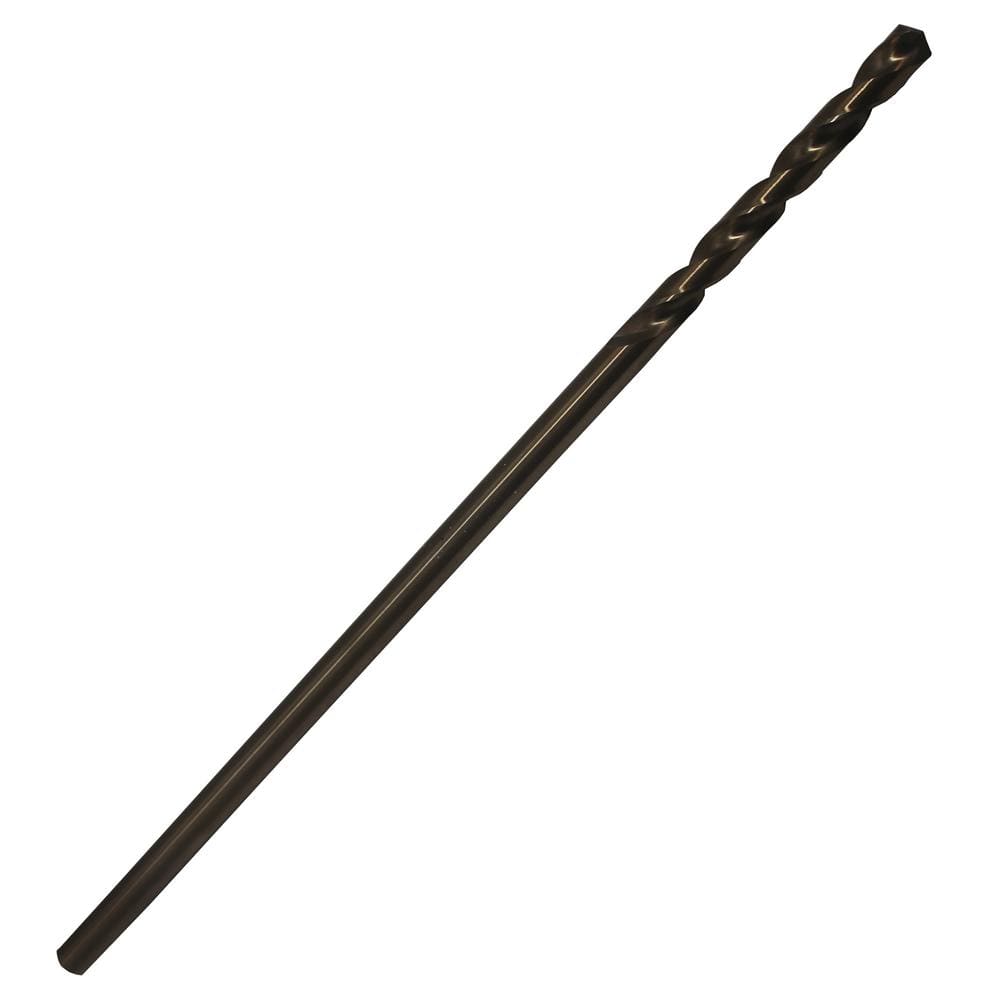LarryFine
Master Electrician Electric Contractor Richmond VA
- Location
- Henrico County, VA
- Occupation
- Electrical Contractor
If you want it wired like a new house, with all-new materials, spacings, etc., then yes.You mean rip out all the plaster and lath, still in good shape? That should not be done lightly!
If you can handle working within my assessment and recommendations, maybe not.

